Historians tell us that Prusias I, the king of Bithynia, laid out the city plans for Bursa with the aid of Hannibal, the famous Carthaginian general, between 185-184 B.C. Hannibal came to Bithynia after Carthage lost the “2nd Pontic War” with Rome. His popularity had diminished at home and he escaped to Anatolia where he was greeted by Prusias I who was in a conflict with King Eumenes of Pergamum. Hannibal encamped an army on the north slopes of the “Olympus of Mysia” mountain. Prusias and Hannibal began constructing a city at this spot¹ that had a overview of the large plain below it. The new city was named Prusia ad Olympum after king Prusias I. With time it became Prusa which was Turkified into Bursa today.
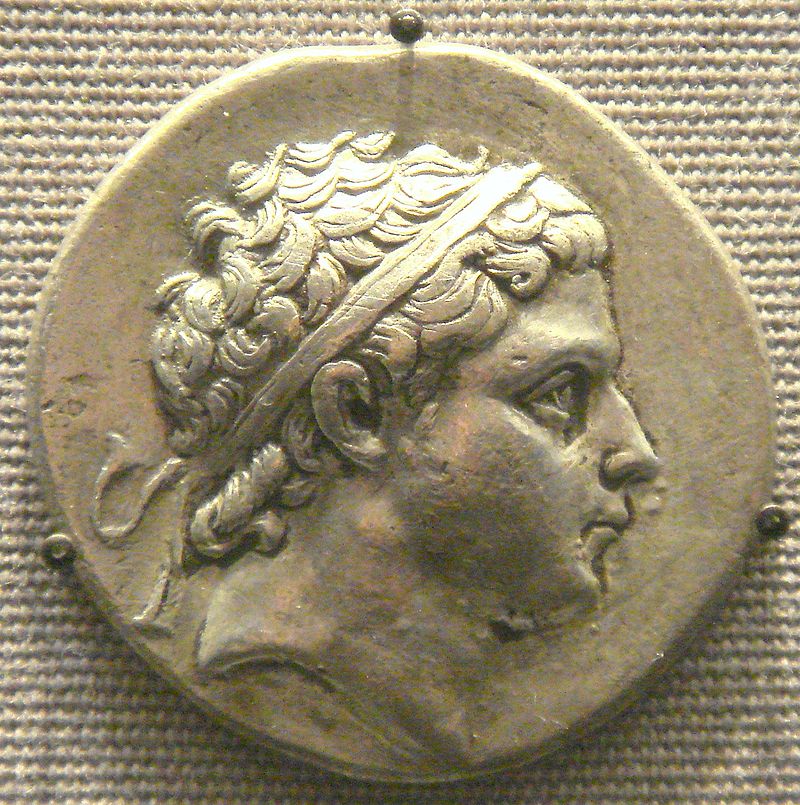
Prusias I of Bithynia
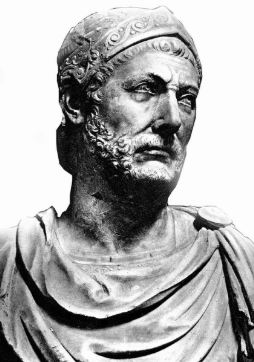
Hannibal
During the Roman period, Bursa occupied a strategic position on the south western end of Bithynia. It wasn’t until 74 B.C. that the last king of Bithynia bequeathed the kingdom to Rome. Eventually it was combined with Pontus as a province in the empire in 63 B.C. (Bithynia et Pontus).² For much of Bithynia’s history Nicomedia (Izmit) and Nicaea (Iznik) were the two main cities vying for prominence with Bursa occupying a strategic location on the frontier.
In 40 A.D. Dio Chrysostom was born in Bursa. He went on to become a famous rhetorician and philosopher, known throughout the empire. He was banished from Italy and Bithynia for political reasons beginning in 82 A.D. but his exile ended with the death of Emperor Domitian. As many as 80 of his speeches survive today.4
The city of Bursa has been continually occupied since its founding and therefore there are very few Roman period structures observable today as old buildings are replaced and materials repurposed. There are a few Roman artifacts in the Archeological Museum located in the Kultur Park but there don’t seem to be any artifacts in the museum related directly to the Roman city of Bursa itself. (An ancient Roman obelisk still stands in Bursa’s Iznik. Read more here.)
When I have the time, I enjoy stopping for tea at the Sümbüllü Bahçe Konağı which has a great view of the city and is located just outside the Tophane Park. As you exit the park, turn left and follow the park fence for about 30 meters. As the fence turns to the left, you will see a bright yellow building which is the entrance to the Sümbüllü tea garden. You can also eat a meal here. They are open from 10am – 10pm.
At the opposite corner of the old city from Tophane Park is a recently restored section of the wall and one of the towers at the Dungeon Gate (Zindan Kapı). The municipality of Bursa has created a nice museum that opened in October 2021. It is open every day and there is no entrance fee. This museum has good explanations of Bursa’s early history. A good portion of the displays are available in English but not everything. There are several floors and you can access the top of the walls for a good view of the foothills and the western districts of Bursa.
Click to learn more about the
Dungeon Door Contemporary Art Gallery
Sources:
1 Bilenser Erdoğan. Prusia’dan Bursa’ya: 8500 Yıldır Üreten Kent, Yapı Kredi Yayınları, Beyoğlu, İstanbul, 2014, p. 44.
2 https://en.wikipedia.org/wiki/Bithynia_and_Pontus
3 https://en.wikipedia.org/wiki/Pliny_the_Younger_on_Christians
4 https://luwianstudies.org/dio-chrysostom/ and https://www.britannica.com/biography/Dio-Chrysostom
5 Bilenser Erdoğan. Prusia’dan Bursa’ya: 8500 Yıldır Üreten Kent, Yapı Kredi Yayınları, Beyoğlu, İstanbul, 2014, p. 49.

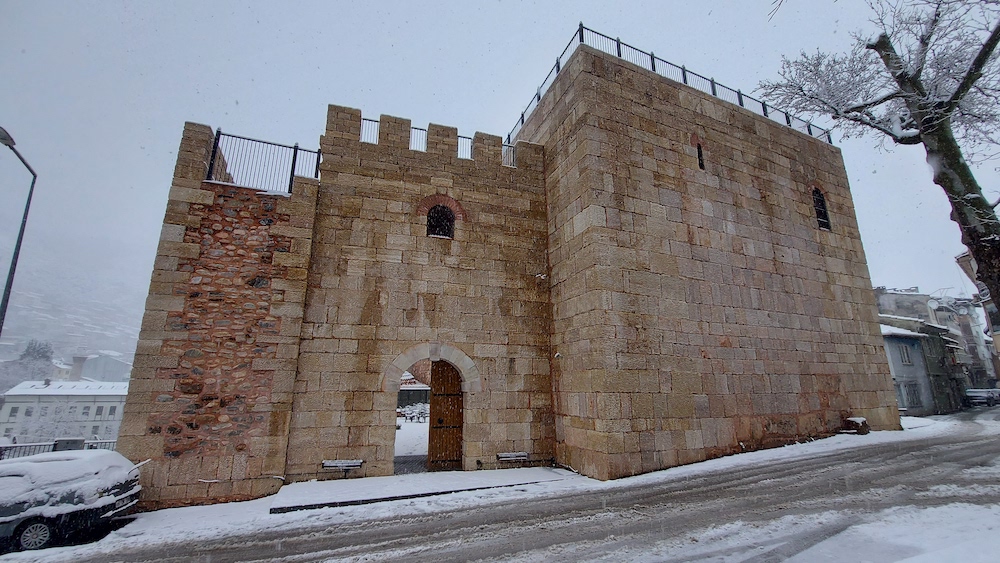
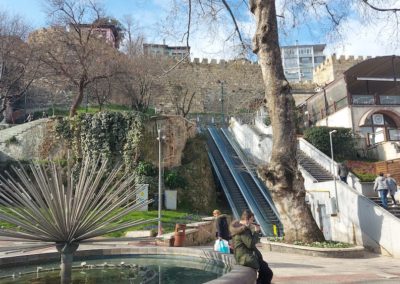
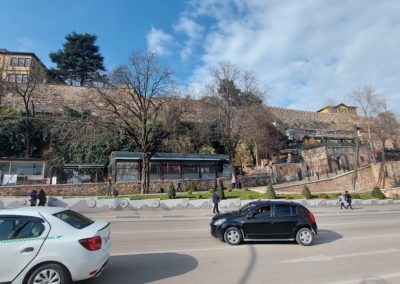
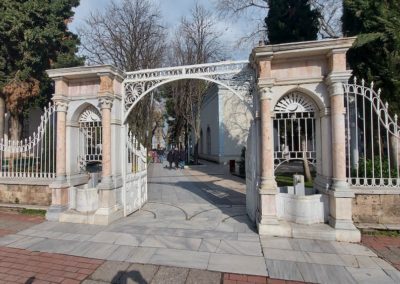
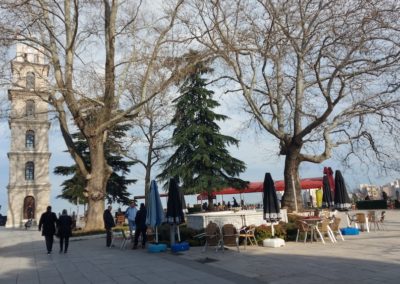
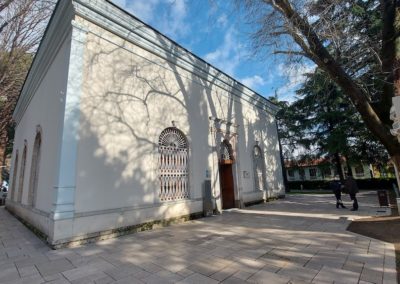
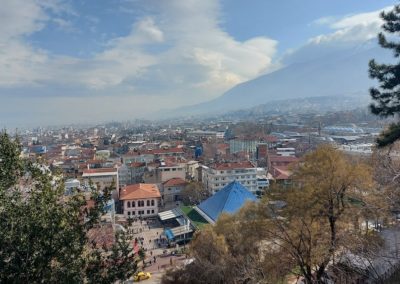
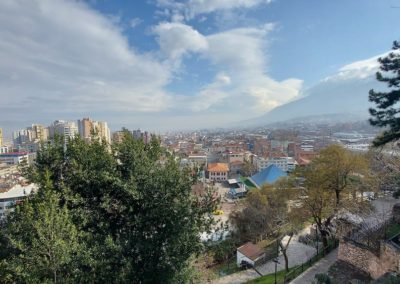
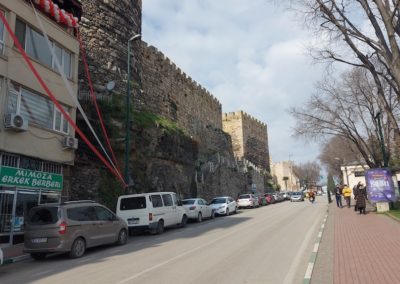
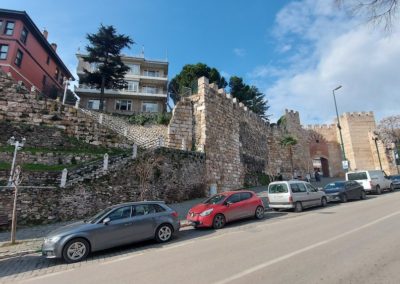
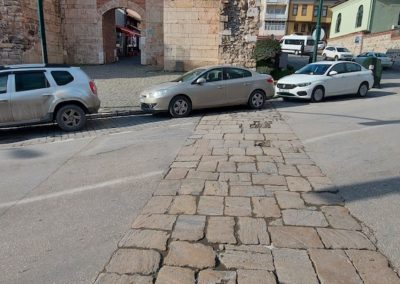
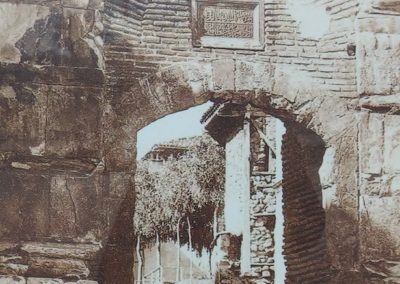
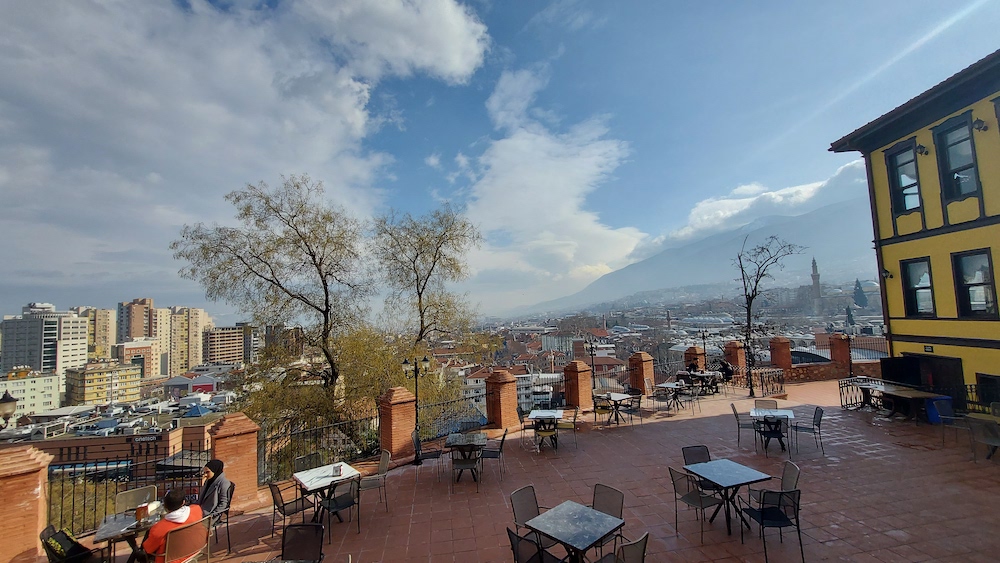
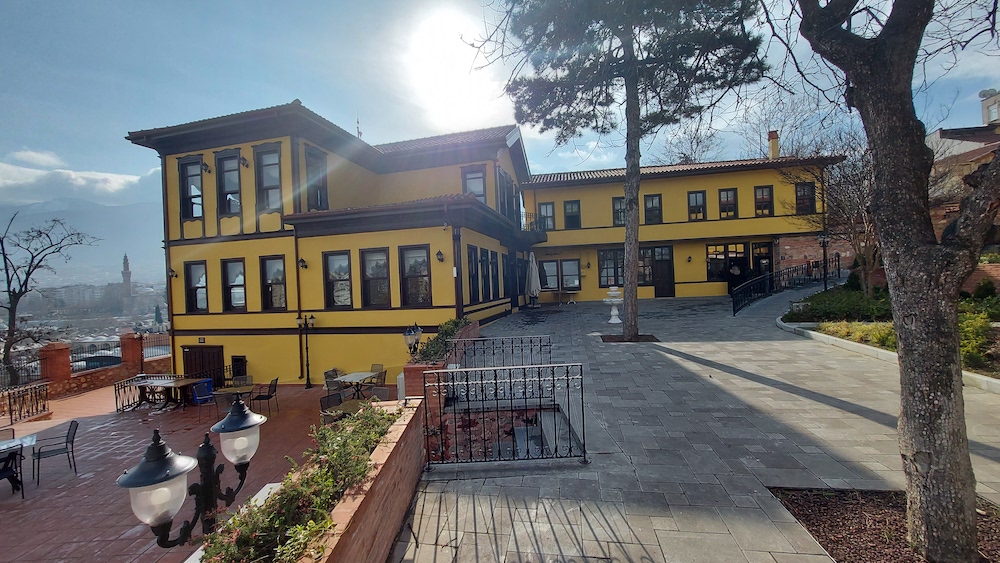
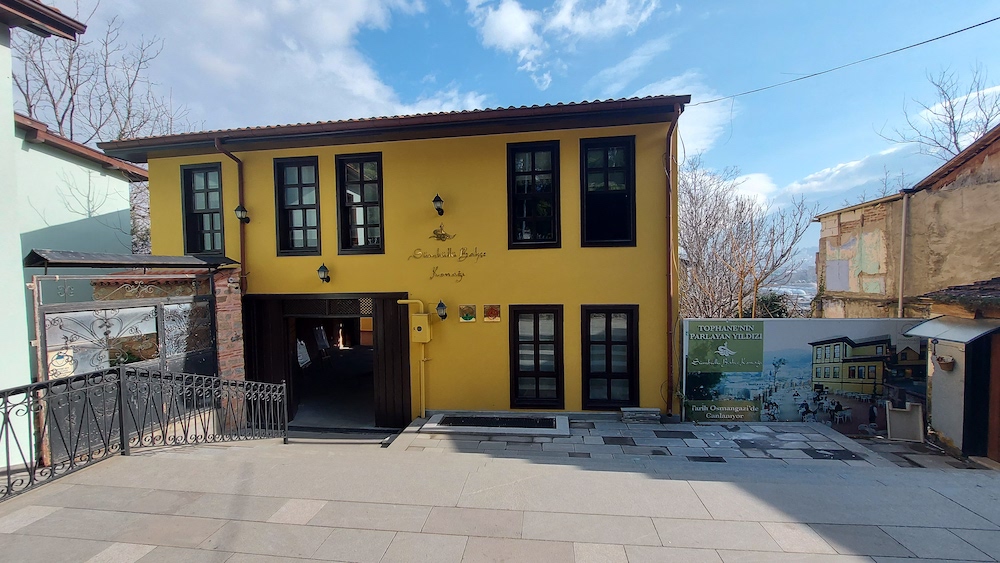
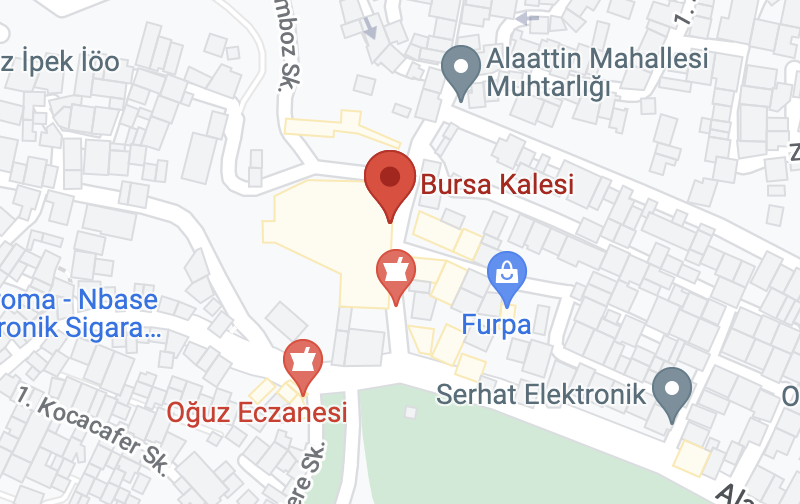

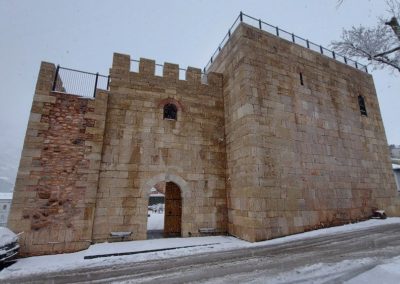
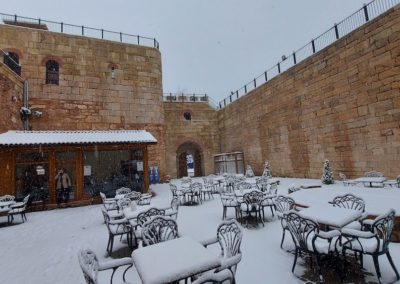
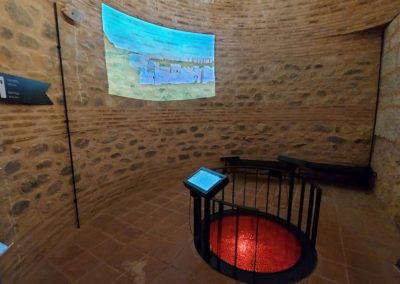
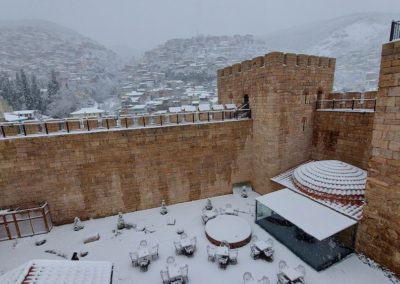
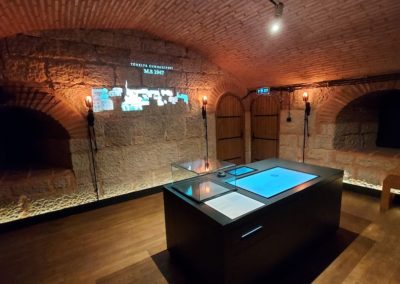
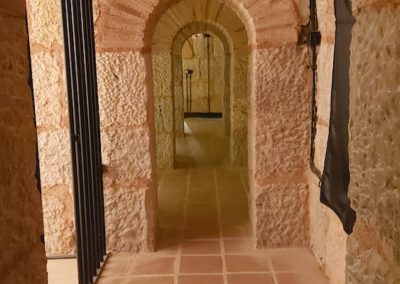
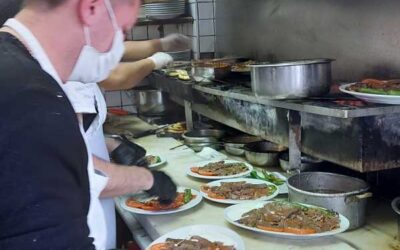
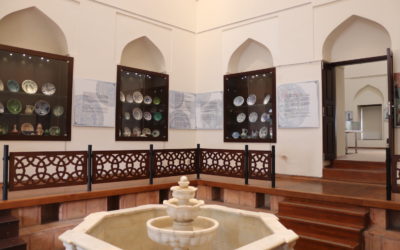
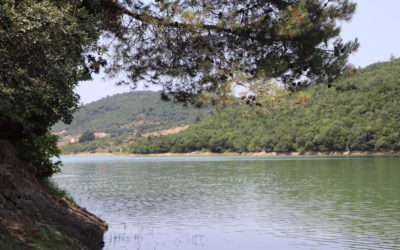
0 Comments